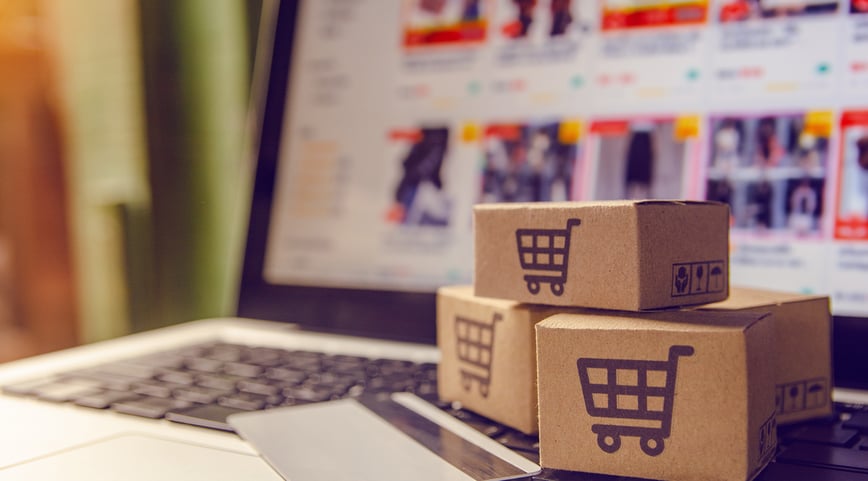In November 2023, Amazon Marketplace turns 23. It’s a measure of just how much the ecommerce market has changed that a March 2001 press release, which heralds the early success of a then-new venture, refers to amazon.com modestly as a “leading online retailer”.
Fast forward to the present day and it’s not uncommon to see Amazon, the behemoth of global ecommerce, referred to primarily as a marketplace rather than as a retailer. This is a reflection of the extraordinary growth in the wider marketplace sector, especially over the past decade. In 2022, the world’s leading online marketplaces sold over $3.25 trillion in goods, with most sales coming from third-party sellers, according to an analysis by Digital Commerce 360.
Over these years, marketplaces have become crucial to all kinds of companies – not just to retailers and private sellers, but brands and manufacturers, and within different B2B sectors too. Put simply, businesses of all kinds must be present on marketplaces because that’s where their customers are to be found. And more than likely, that means being on Amazon, which pulls in an average of 5.3 billion visits from consumers every month.
What are the upsides of selling on Amazon Marketplace?
For manufacturing brands, in particular, this is certainly not bad news. Long gone are the days when brands sold to wholesalers and perhaps offered a few items via mail order. Today’s brands send their products to market on a multichannel hybrid basis. This will typically include selling via wholesale, via favored retailers, direct to consumer (D2C), and via marketplaces. It may also entail getting involved in newer forms of ecommerce, such as live-streaming and shoppable content.
Within this overall offering, marketplaces can offer a solid income stream, access to a certain amount of customer information, and a channel that can be calibrated for targeted purposes, for example, in clearing excess stock.
When it comes to Amazon specifically, there’s a huge opportunity because of its sheer size. In 2022, Amazon had 39.5% of online market share in the U.S. According to forecasts, the Seattle-based ecommerce giant will surpass Alibaba in estimated sales by 2027, when Amazon will generate over 1.2 trillion U.S dollars in online sales. Additionally, a recent study found that when it comes to online shopping, 61% of online shoppers begin their product hunt on Amazon.
What are the downsides of selling on Amazon Marketplace?
But some caution is also in order. In comparison to D2C, where a brand can be in complete control, Amazon Marketplace is mediated by Amazon. Inventory can appear alongside offerings from other companies. These competitors may discount the same items more aggressively, posing the risk of a race to the bottom. The consumer data is far less rich than that available via D2C.
The deeper lesson is that it is important for brands to think carefully about how best to approach selling via Amazon – and indeed via different marketplaces more generally – as part of an overall strategy.





